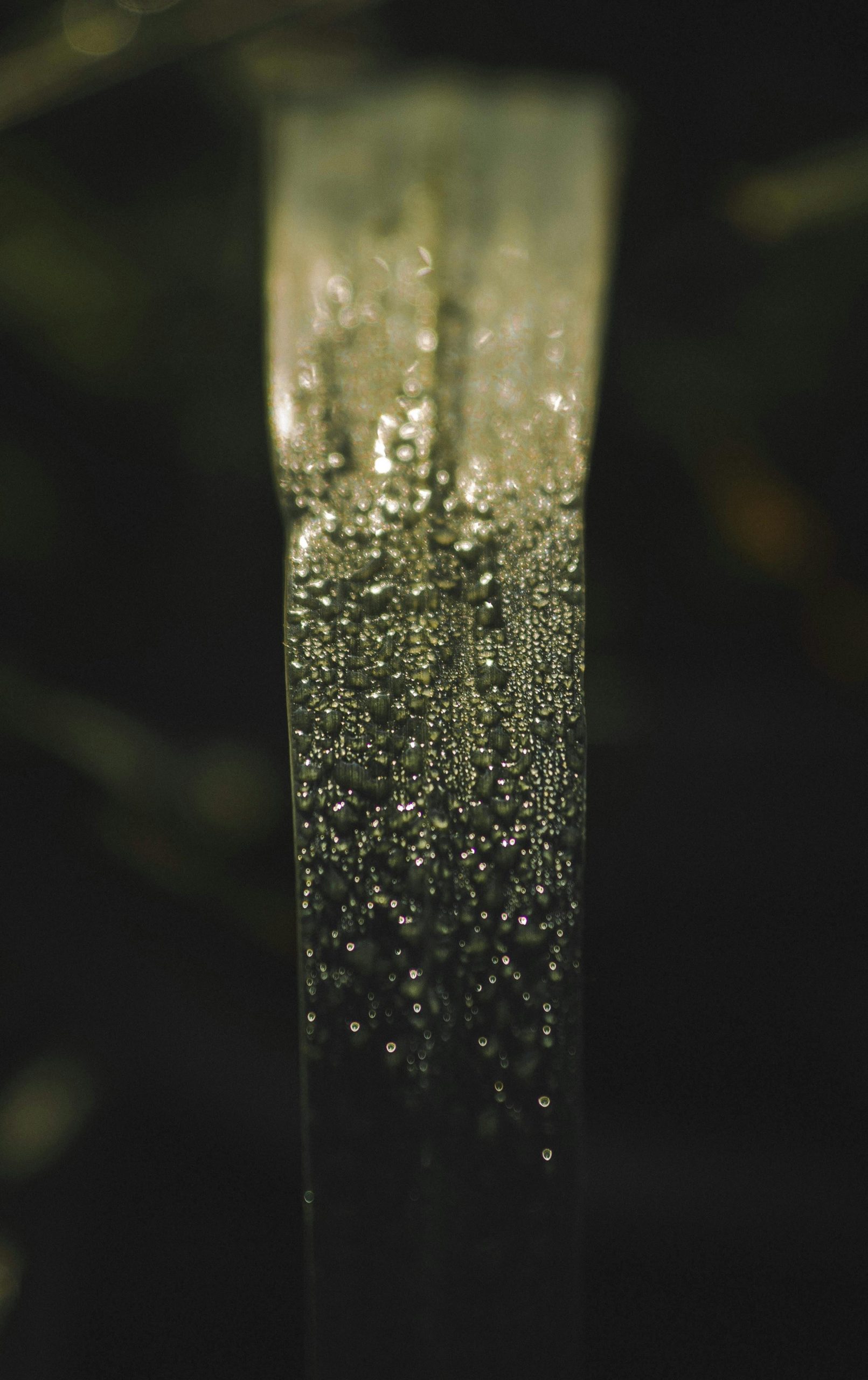Understanding Water Damage in MacBooks: How Long Do Water Droplets Last?
Recently, I had to send my MacBook to Apple for repairs, and I was met with some troubling news—my device had sustained water damage. Initially, I received some unclear, fuzzy images from the repair team, but later they provided a clearer, full-color photo that revealed the extent of the issue. It appeared that a significant amount of liquid had infiltrated one of the fans, creating large droplets scattered throughout the interior, especially noticeable near the cooling system.
This situation left me perplexed. My immediate thought was how these droplets could still be present in a machine that generates considerable heat. Based on my own experiences, I’ve noticed that water typically evaporates quickly; for instance, a puddle on a table tends to dry out within a day under normal conditions.
Despite my diligent efforts, I cannot recall any moment where liquid might have come in contact with my MacBook. My workspace, which houses a variety of high-end equipment, is strictly off-limits for any beverages. I’ve racked my brain trying to identify a potential vulnerability, but nothing stands out.
In my quest for answers, I turned to several online resources, but I struggled to find concrete explanations regarding how long water droplets can remain inside a device like a MacBook. I can’t help but wonder about the physics involved: if a small amount of water managed to breach the device several months ago, would it still be possible for droplets to persist? What if it had only been three days?
As I delve deeper into this puzzling issue, I invite you to share your insights or experiences. Have you encountered similar situations with your devices, and if so, how did you navigate them? Understanding the behavior of moisture in electronics could help us all prevent future mishaps.
Share this content:




Hi, thank you for reaching out with your detailed question. Water droplets inside a MacBook can indeed persist for extended periods, depending on various factors such as the amount of water, the environment, and the internal components involved.
In general, small water droplets can remain trapped within the device’s interior for days, weeks, or even months if they do not evaporate entirely or if the device remains sealed without proper drying. The high heat generated during normal operation does promote evaporation, but if moisture reaches hidden corners, beneath components, or in areas with limited airflow, it might linger longer than expected.
It is important to note that even if a device appears dry externally, internal residual moisture can cause corrosion or further damage over time. If water has been inside your MacBook for several months, there’s a risk of corrosion that might not be immediately visible. Therefore, I strongly recommend having it inspected and serviced by a professional technician who can perform thorough internal cleaning and drying, possibly using specialized equipment like ultrasonic cleaners and controlled drying chambers.
To prevent similar issues in the future, avoid exposing your MacBook to environments with high humidity or condensation, and consider using silica gel packs or other desiccants if there’s a risk of moisture exposure. If you suspect your device has been exposed to water, prompt professional inspection is the best course of action to ensure long-term reliability.